Automated Translation or Human Translation: How to Choose Between the Two

Table of Contents
- What Is Automated Translation?
- Automated Translation vs. Human Translation: Which One Should You Choose?
- When Should You Choose Automated Translation?
- When Should You Choose Human Translation?
- Key Takeaways
- Conclusion
- FAQs
Automated translation is a big signifier of the amalgam of technology and linguistics, whereas human translation has its own pros, such as its unmatched and impeccable accuracy. But when it comes to choosing the right translation service for your business or project, the budget probably only allows for one of the two methods. How do you make a choice between automated translation tools and trained human translators? Before we discuss the differences between the two, let us see what each of these means.

What Is Automated Translation?
Before choosing whether you will require automated translation or human translation for your next big project, you should have a clear understanding of what automated translation is. Automated language translation, also called machine translation, is carried out by a device. It makes use of artificial intelligence systems to translate text from one language into another. Human translation, on the other hand, entails a human translating the text.
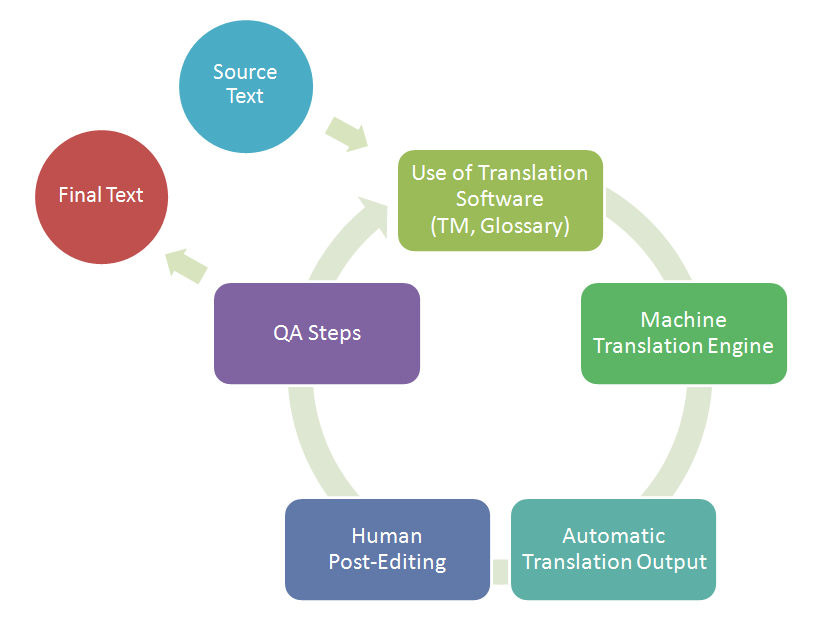
There are a few broad categories under automated translation, such as adaptive translation, neural translation, rule-based translation, statistical translation, etc. The emergence of neural machine translation (NMT) is one of the biggest challenges human translation faces today.
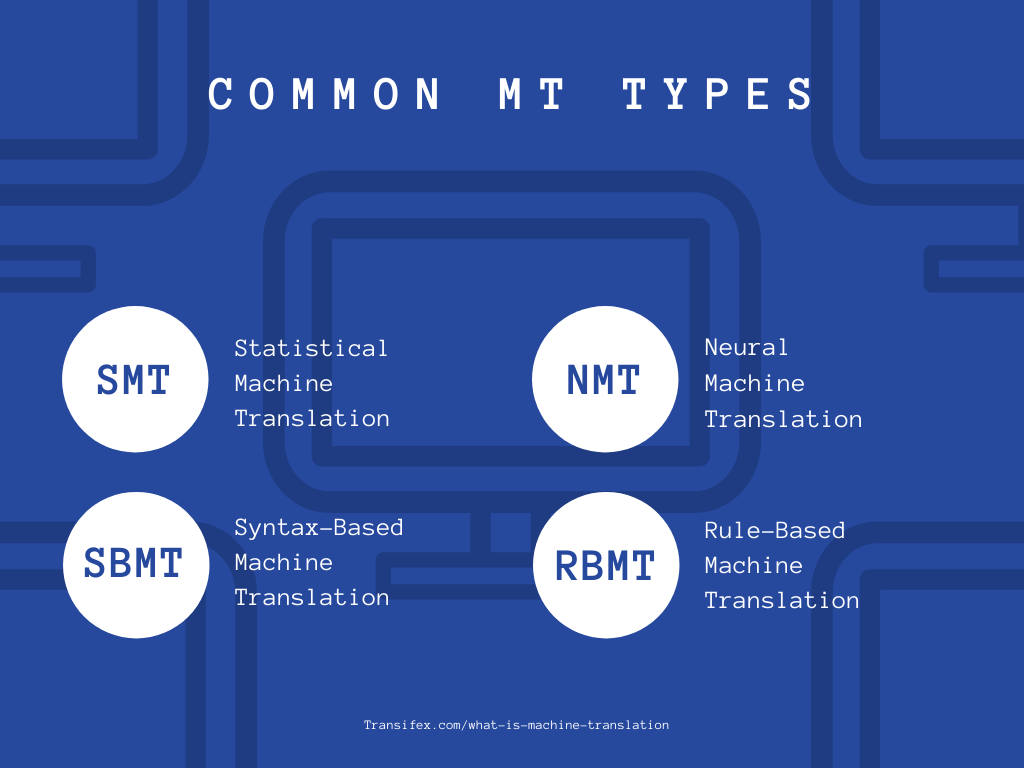
With the availability of automated translation tools, such as Google Translate, Microsoft Translator, and Yandex Translate, you can simply enter the text, select the source language and choose the goal language in order to get the required translation as the output. However, one of the biggest challenges automated translation faces is that of contextual accuracy. Since the text is broken down into simple data units during automated translation, and then put together as the target text in the desired language, it is highly likely that there are gaps in the meaning of the source text and the output.
Automated Translation vs. Human Translation: Which One Should You Choose?
Now, let’s take a closer look at the differences between machine translation and professional human translation.
1. Fundamental difference
Human translation is done by an actual person, while machine translation lacks any human involvement. Human translators have industry experience in a specific language through their work and education history. Machine translation integrates the use of artificial intelligence and can be customized for specific industries as well. Machine-translated text can be post-edited by a human translator, while human translation directly involves the translator.
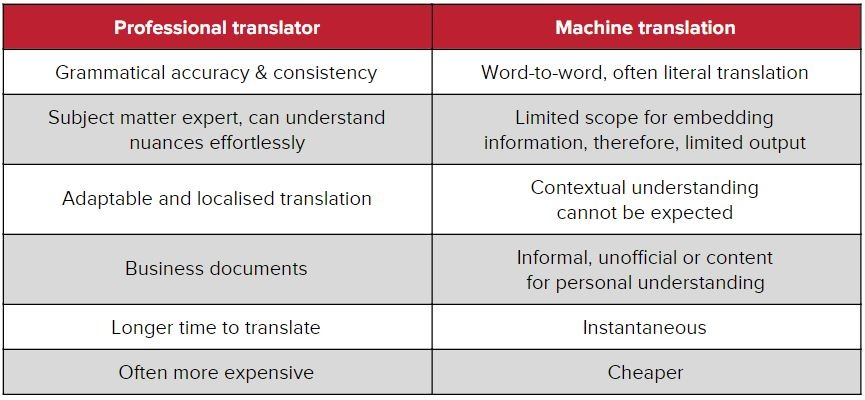
2. Confidentiality
Documents that are highly confidential or need absolute precision when being translated are something for which you can only rely on a human translator. Subject-matter expertise is something a human translator possesses. It is difficult to achieve this through automated translation.
3. Context and nuances
While automated translation will deliver a word-by-word output, it may not convey the context within which it was written in the original language. A professional human translator is aware of these nuances and will try to find the appropriate terminology while translating words that might not have an equivalent in another language.
4. Resources
Automated translation saves your time and money. Once you run machine translation software, it will quickly give you results. In the case of human translation, the turnaround time is longer; and the complete process of translating, editing, and proofreading might even take days, depending on the size of the project.
5. Errors
When it comes to fixing syntactic and semantic errors, human translation is a more reliable approach than machine translation. Machines do not understand the accurate context and meaning of words and phrases, especially if it is colloquial. A human linguist has a more innate understanding of the languages they specialize in or offer their services in.
They are capable of recreating the nuances of the languages in the target languages if required. Machine-translated content is also prone to errors of negation. It may not be able to understand and differentiate between language peculiarities.
When Should You Choose Automated Translation?
For a project that has a high volume of content that needs to be translated, machine translation is a better choice. Also, if the rate of accuracy is not really significant for the project, you can opt for machine translation, as a lot of time will be consumed in getting a human translator to do the task. For content wherein high accuracy is of low importance, such as social media content writing, reviews, chat facilities, etc., automated translation is what works best. Especially for tasks where gist translation (such as email text) is required, machine translation comes in handy.
A lot of projects might even involve machine translation and human translation working in tandem. In such cases, the text is first translated by a machine, and the raw output is then reviewed, edited, and proofread by a human translator. However, it may not be easy to find a translator who is specialized in the post-editing process.
When Should You Choose Human Translation?
In order to decide what type of translation works best for your project requirement, you need to assess whether you want a quick, cost-effective solution or a time-consuming, high-quality output. If cultural nuances and language sensitivities are crucial to your project, hiring a human translator is a good decision.
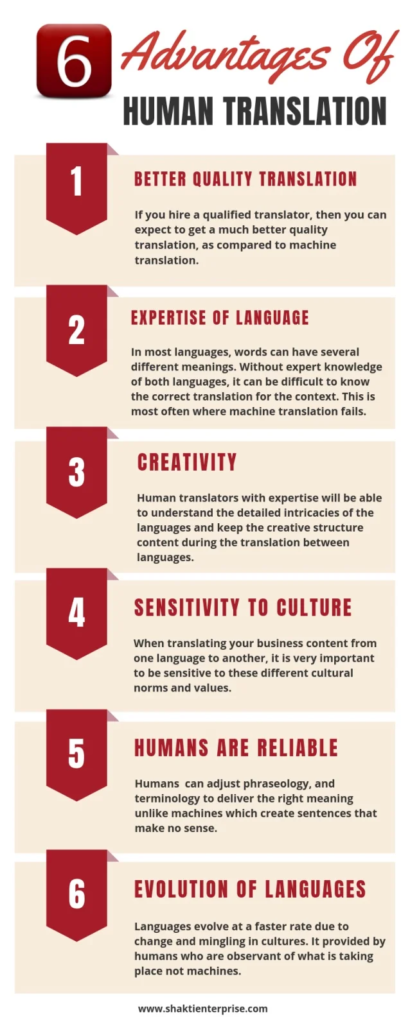
In case there are any issues with the source content, a human translator can even help bring that to your notice. A machine can give you effective, workable, and quick results, but it will not be able to provide you with these additional benefits.
Key Takeaways
- Automated language translation, also called machine translation, makes use of artificial intelligence systems to translate languages.
- There are a few broad categories under automated translation, such as adaptive translation, NMT, rule-based translation, and statistical translation.
- One of the biggest challenges automated translation faces is that of contextual accuracy.
- Machine translation integrates the use of artificial intelligence, and can be customized for specific industries as well.
- Documents that are highly confidential or need absolute precision while being translated are something for which you can only rely on a human translator.
- Automated translation saves your time and cost. Once you run machine translation software, it will quickly give you the result.
- When it comes to spotting and solving syntactic and semantic errors, human translation is a more reliable approach than machine translation.
- In order to decide what type of translation works best for your project requirement, you need to assess whether you want a quick, cost-effective solution or a time-consuming, high-quality output.
- If cultural nuances and language sensitivities are crucial to your project, hiring a human translator is the best bet.
- For content where accuracy is of low importance, automated translation is what works best.
Conclusion
Nowadays, apart from automated translation and human translation, companies are increasingly employing the use of computer-assisted translation (CAT) methods. Translation agencies are using CAT tools too. A highly effective method of translation would be to combine the three—professional human translation, machine transition, and CAT tools—in the right balance and sequence to receive highly accurate translation within a minimum amount of time.
But if you want to steer clear of the CAT tech, and want to decide between human translation and automated translation, you just need to think about your aim: whether it is speed and minimum cost or high quality and maximum accuracy.
FAQs
Technical translation is a specialized translation process that involves translating text pertaining to technological knowledge or niches. Examples include manuals, user guides, and more.
Machine translation can be used in several industries. Software and technology, healthcare, finance, ecommerce, e-discovery, and military and defense, are some common areas where machine translation is used.
Despite the advent of technology, human translation is still in high demand. Human resources are important, as they deliver the nuances of the target language and the culturally accurate context of the message.
One of the most significant flaws of machine translation is that words with multiple meanings or sentences that have multiple grammatical structures cannot be accurately translated. This results in semantic gaps in the translated text.
The process by which the source sentence is broken down into words, compared to the input dictionary, and adjusted, keeping in mind the morphology and syntax, is known as direct machine translation. It is a time-intensive process.
Latest Blogs
Learn how to rank on AI search engines like ChatGPT, Perplexity, and Gemini by optimizing your content for authority, structure, and relevance. Stay ahead in AI-driven search with this strategic guide.
Explore the best healthcare SEO services for your medical practice. Improve online visibility and effectively reach more patients in need of your services.
Discover top social media agencies specializing in banking solutions, enhancing financial services and driving engagement.
Get your hands on the latest news!
Similar Posts
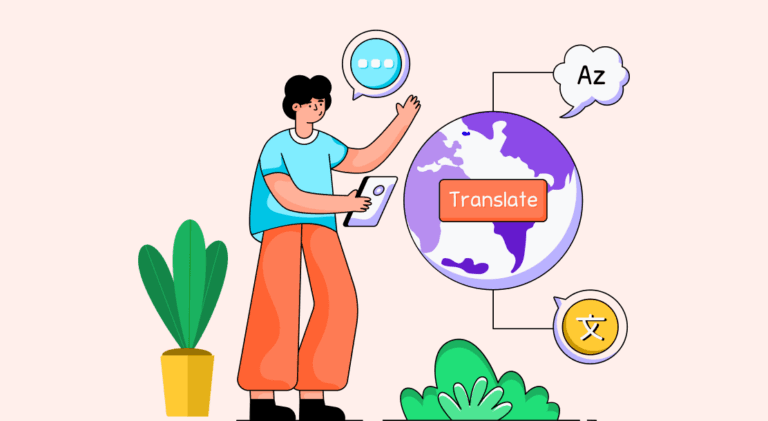
Translation
5 mins read
All You Need to Know About Language Translation and Terminology Management

Translation
5 mins read
6 Reasons to Translate Content into German
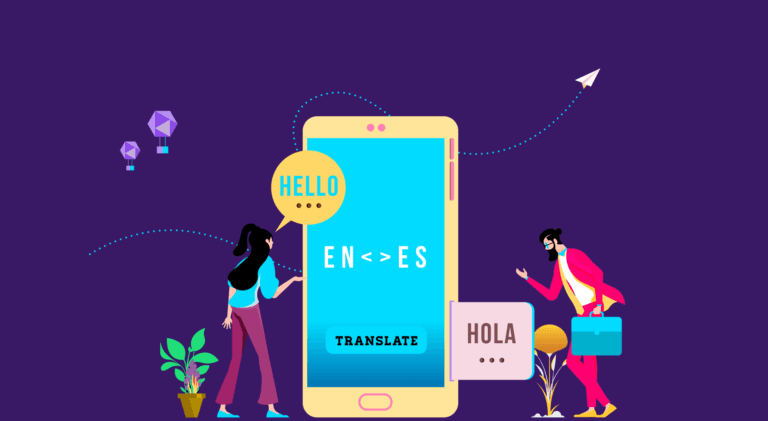
Translation
5 mins read